This article is based on concepts from A Modern Approach to Photographic Composition which is currently 50% off if you want to dig deeper for further training.
Patterns and symmetry surround us, and our brains are naturally programmed to look for them. But incorporating symmetry and patterns into photography can be intimidating.
It’s important to understand both concepts of symmetry and patterns, and how to incorporate them to create stunning photos. This tutorial will discuss the best ways to create eye-catching compositions by using both symmetry and patterns.
Let’s get started.
Symmetry in Photography
Symmetry in photography refers to images where the two halves hold the same visual weight. Such images stand out because people are naturally drawn to symmetrical proportions and visuals that reflect harmony. So a simple photo with a small subject, such as fruit, can turn into a masterpiece if captured using symmetry.
Types of Symmetry
There are different types of symmetry in photography. Here are some of the most common ones you’re bound to find when you’re out and about with your camera.
Vertical Symmetry
Vertical symmetry is the most common and straightforward type of symmetry that can be achieved by simply keeping both sides of your photo symmetrical. You can imagine a vertical line that divides your composition straight from the center. Vertical symmetry is commonly used in architecture photography, as in the example above.
Horizontal Symmetry
Instead of imagining a vertical line separating your subject, place the line or visual separation horizontally using the same rule. You’ll then achieve horizontal symmetry. It’s most commonly used in landscape photography.
Radial Symmetry
You’ll love this type of symmetry if you like to shoot circular shapes. Radial symmetry deals with photos with shapes around a central point, such as ripples, wheels, domes and many types of flowers.
Reflective Symmetry
This type of symmetry, as the name would suggest, is about reflections that can be found on buildings, glass surfaces, water and other reflective materials or surfaces. If you’ve ever seen trees reflected in a very calm body of water such as a lake, then you’ve witnessed reflective symmetry.
Patterns in Photography
Patterns are essentially repetitive elements either found in nature or human-made structures or arrangements of objects. Our brains are wired to find patterns pleasing.
Incorporating patterns in your photos is a great way to grab attention. Being a photographer, you probably like to use lines and shapes to make unique compositions. You can also repeat those lines and shapes to create patterns. You can also take them to the next level to develop attractive textures.
The best thing about patterns is that you can use them in all types of photography in subtle and obvious ways. All you need to do is to learn ways to recognize them. The best strategy is to start finding repetition and capture them in your photos in an innovative manner that draws your viewers’ eyes.
Where to Find Patterns and Symmetry
As a general rule (which you can always break), to create symmetrical photos, you can duplicate a part of your picture and position it in a way that our minds can predict. Some examples include arches and doorways in a building, long views of a straight roads, the curve in a snail’s shell, petal arrangements in flowers and landscape reflections in water.
You can also capture symmetrical photos by capturing repeating patterns that any collection of similar objects makes. It can be natural or human-made, e.g., tidal patterns made by sand, roof clay tiles, logs in a woodpile, eggs in a basket or an aerial view of human heads.
Best Ways to Find Symmetry
You just need to look around, and you’ll find symmetry in countless things. Here are some great ideas to get you started.
Symmetrical Lines
Symmetry doesn’t only exist in nature. In fact, you can create symmetrical photos any time you want. All you need to do is have a background with a couple of solid colors and place an object right in the center where the colors meet. The line that divides the colors can be vertical or horizontal. Now you’ll need to capture the object by framing it right in the middle.
Some everyday objects are more symmetrical than others, but it’s always OK to break the rules and inject a little bit of creativity into your images.
Symmetrical Portrait
Symmetrical photography isn’t only about capturing non-living objects. It can also be achieved by including people in your photos. You can even capture self-portraits that reflect an element of symmetry.
All you need to do is grab a remote release and a sturdy tripod and head toward a peaceful location with a clear horizon at sunset. Now you’ll need to place yourself right in the middle of the frame at a little distance, preferably so that the camera only captures your silhouette.
Another option is to capture a portrait right in the center of the frame and place the subject’s hair and other accessories in a way that is symmetrical. Even though the human face is rarely perfectly symmetrical, it can still give a sense of a symmetrical composition. Another option is to step back and place your subject in front of a symmetrical structure or background.
Finding Symmetry in the Wild
Many animals and birds have almost perfectly symmetrical shapes, such as butterflies, elks, etc. If you love shooting wildlife, then you’ll find tons of opportunities to incorporate symmetry in your photos. But keep in mind that it’s incredibly difficult to work with animals, and you’ll need to be extra careful and stealthy. However, it will help you refine your symmetrical as well as overall photography skills.
Best Ways to Find Patterns
You can find patterns in colors, geometric shapes, lines, buildings, fruits and more. All you need to do is look for repetition, and it can be achieved whether you’re home or out in the wild. Here are some of the best ways to incorporate patterns in your photos.
Have Different Perspective
Most photographers capture photos from eye-level, and that can of course generate great images. But when it comes to patterns, capturing scenes from a different perspective allows you to open doors to a vast array of opportunities.
You can shoot down to find patterns in floor tiles. In the same way, you can consider shooting up in a building with a fancy ceiling to find beautiful patterns. Sometimes clouds also make a beautiful repeating pattern that you can incorporate in your photos.
Bear in mind that having a different perspective doesn’t only mean looking down or up. You can also find patterns by getting closer to objects and capturing macros, for example. On the other hand, you can also move farther and capture layers of a forest.
Fill the Frame
Filling the frame with repeating objects allows you to maximize the pattern effect. Moreover, it also helps you eliminate all distracting objects from the scene.
Break the Pattern
When dealing with patterns, it’s perfectly fine to break them by including something attractive or disruptive. It undoubtedly alters the pattern’s continuity and rhythm, but at the same time, it can add more character, scale or context to your photos. It’s a great way to produce a beautiful contrast with the complexity, shape or color of the patterns. For example, a single apple in the basket of oranges can create a strong focal point.
Final Words
Symmetry and patterns enable you to add mode clarity, vibrance and depth to your photos. You don’t necessarily need to pursue these concepts all the time, but you should try them at least once.
Incorporating symmetry and patterns in your photos can help you to improve your photography skills, but the key is to keep practicing.
For Further Training:
How do we make our photographs more powerful, more pointed? Learn all about photographic composition & express yourself through effectively composed photographs with the help of this new guide. We were able to negotiate an exclusive 50% off discount for our blog readers which ends soon if you want to check it out.
This eBook is broken down into 10 chapters that contain 90+ pages packed full with theory, techniques, concepts, advice, and tips & tricks to help you master composition.
Deal ending soon: Modern Approach to Photographic Composition at 50% Off
Like This Article?
Don't Miss The Next One!
Join over 100,000 photographers of all experience levels who receive our free photography tips and articles to stay current:
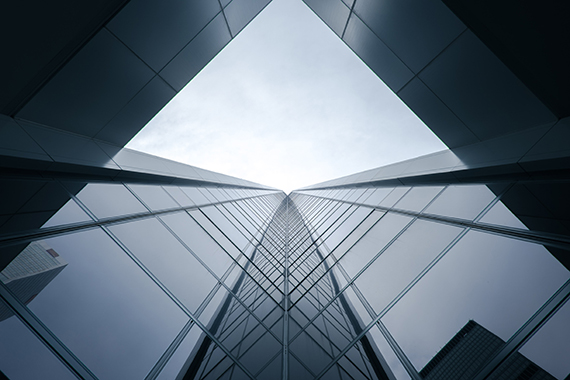
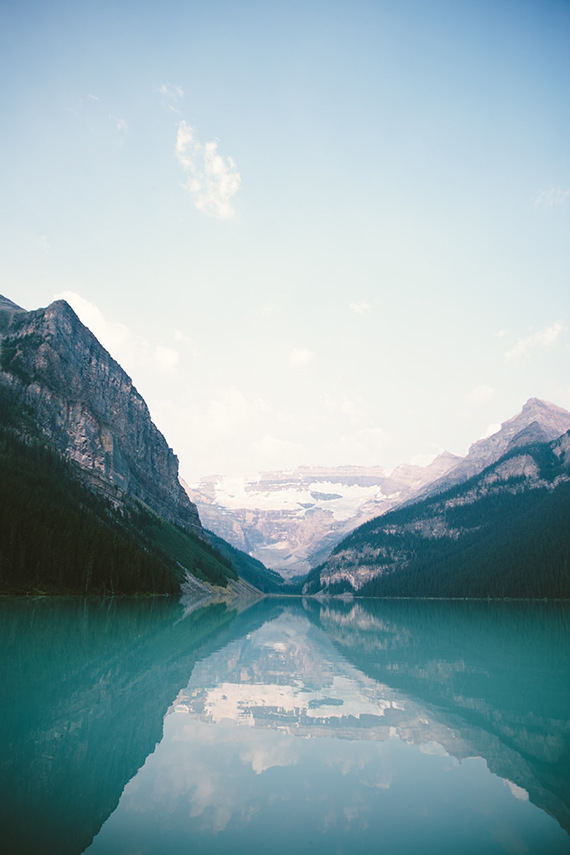
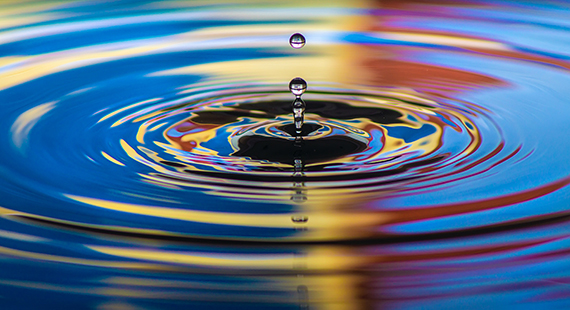
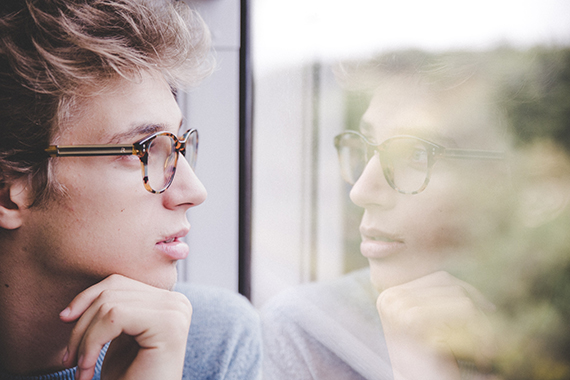

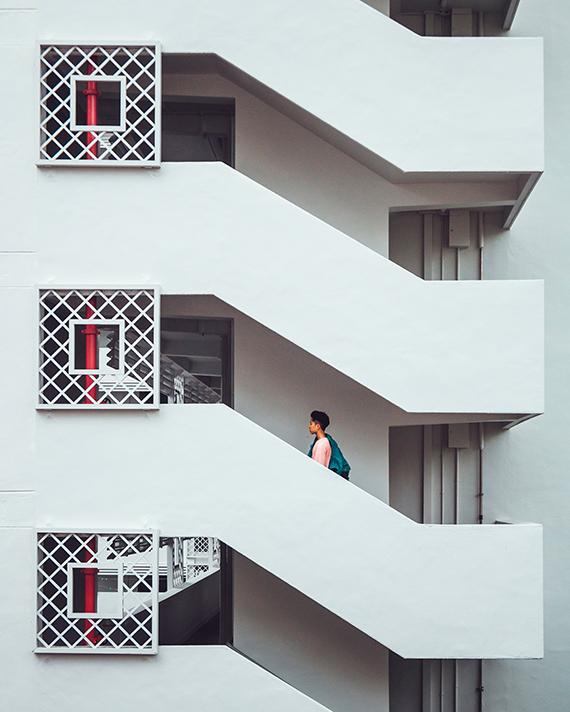
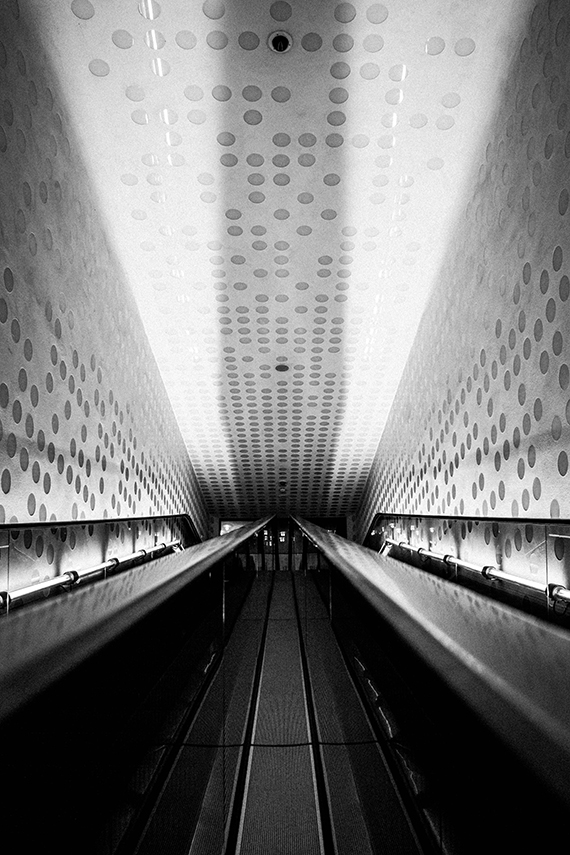
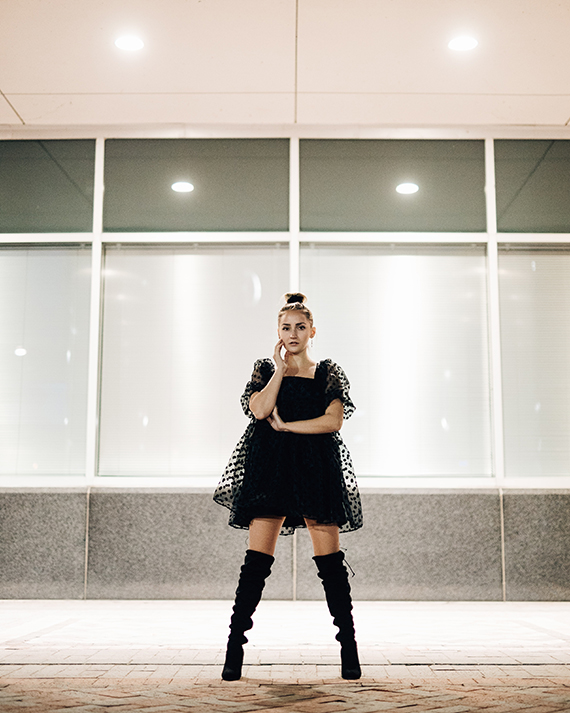
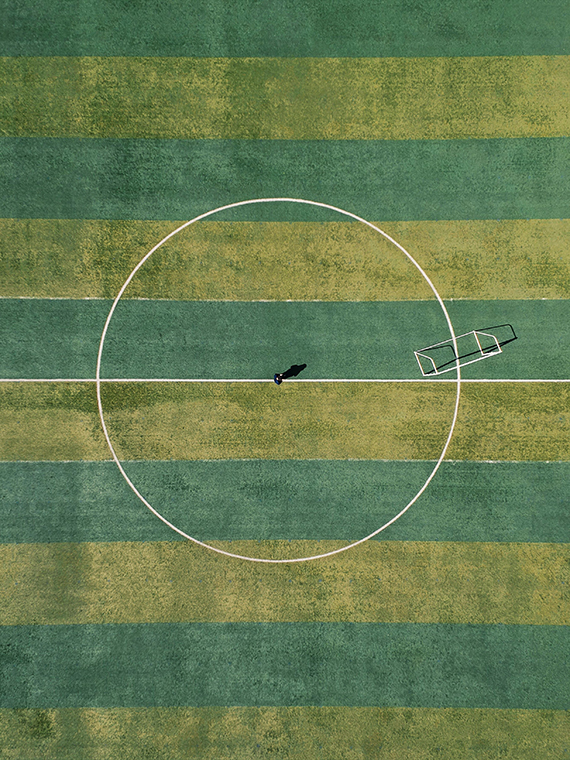
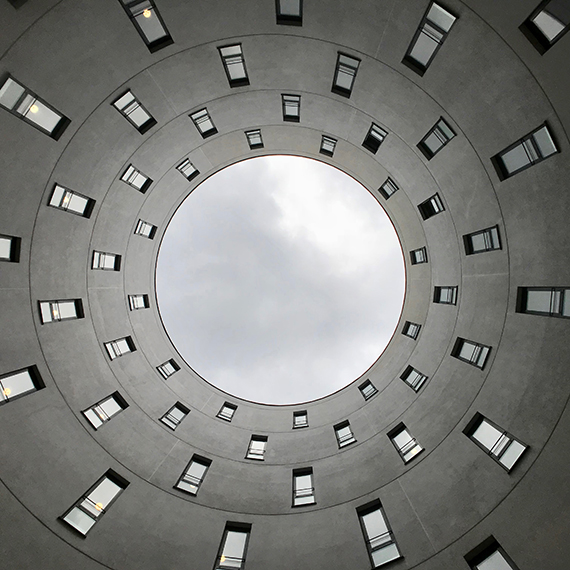
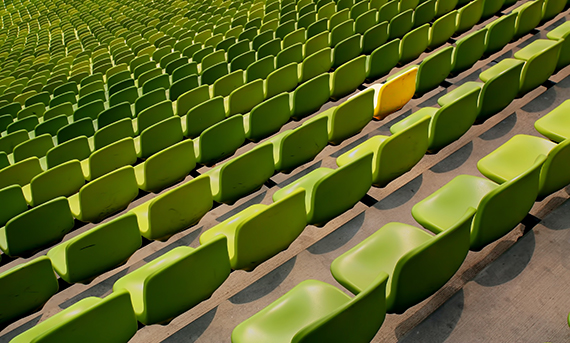







Leave a Reply